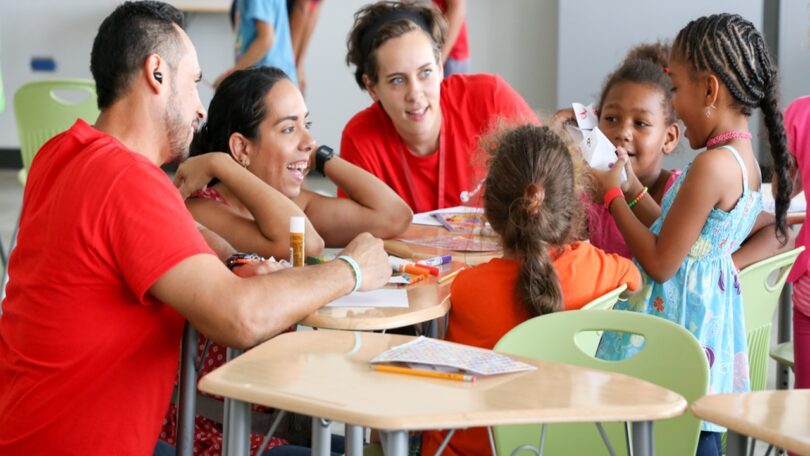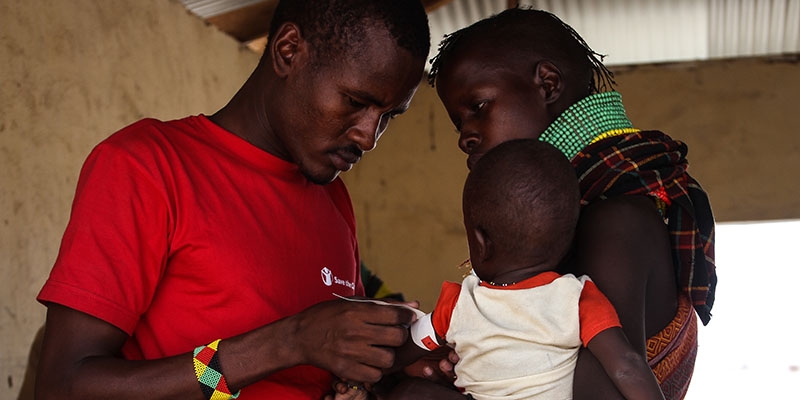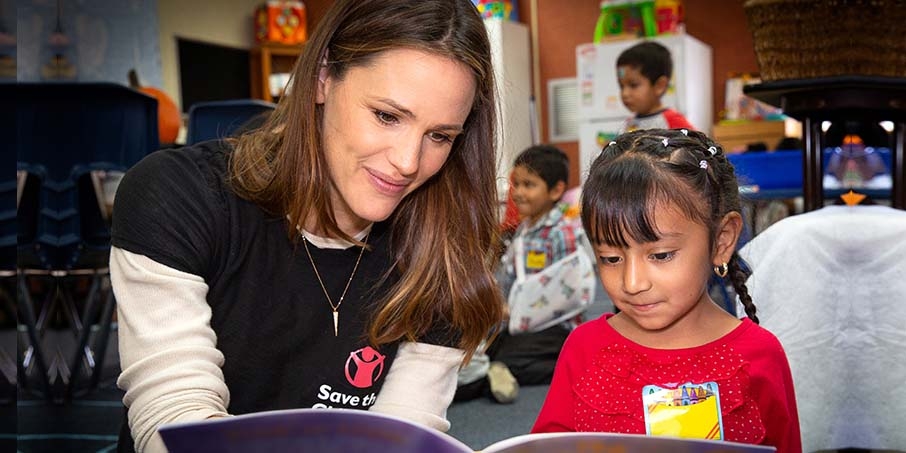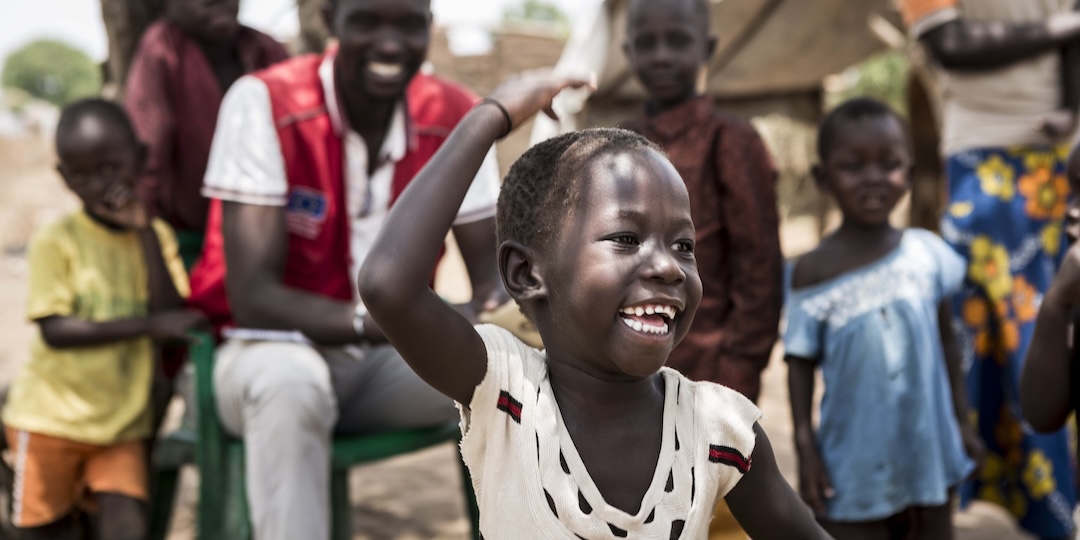Save the Children is a global organization that dedicates itself to improving the lives of children through better health, education, and protection from harm. While the organization operates in numerous countries around the world, its impact in the United States is both significant and profound. With a mission to give every child a healthy start, the opportunity to learn, and protection from harm, Save the Children addresses some of the most pressing challenges faced by children in America today.
A Healthy Start for Every Child
One of the cornerstones of Save the Children’s work in the U.S. is ensuring that children receive a healthy start in life. This begins with prenatal care for expectant mothers and extends to early childhood nutrition and healthcare. The organization recognizes that the foundation for a healthy life begins even before birth, and its programs are designed to support mothers and infants during this critical period.
In many underserved communities across the United States, access to healthcare is limited, and rates of infant mortality and childhood illness are higher than the national average. Save the Children works to bridge these gaps by providing essential health services, including immunizations, wellness check-ups, and nutrition programs. For example, in rural areas where healthcare facilities may be sparse, Save the Children operates mobile health clinics that bring medical services directly to families in need.
Moreover, Save the Children emphasizes the importance of good nutrition in early childhood development. The organization runs programs that provide healthy meals and educate parents on the importance of a balanced diet for their children. This focus on nutrition helps to combat childhood obesity and other diet-related health issues that can have long-term effects on a child’s well-being.
The Opportunity to Learn
Education is another key pillar of Save the Children’s mission in the United States. The organization believes that every child deserves the opportunity to learn and succeed in school, regardless of their socio-economic background. To this end, Save the Children implements a variety of educational programs designed to support children from early childhood through adolescence.
One of the most impactful programs is early childhood education, which prepares young children for kindergarten and sets the stage for future academic success. Save the Children’s early learning initiatives include preschool programs, home visits from trained educators, and resources for parents to create a stimulating learning environment at home. These efforts are particularly crucial in low-income areas where access to quality preschool education is often limited.
In addition to early childhood education, Save the Children focuses on improving literacy rates among school-aged children. The organization partners with schools and communities to provide reading programs, after-school tutoring, and summer learning initiatives. These programs are designed to help children who are struggling with reading and ensure that they do not fall behind their peers. By fostering a love of reading and learning, Save the Children helps to build a strong foundation for academic achievement.
Save the Children also recognizes the importance of supporting children beyond the classroom. The organization offers programs that provide homework help, mentorship, and enrichment activities such as sports and arts. These programs help to keep children engaged and motivated, reducing the likelihood of dropping out of school and increasing their chances of long-term success.
Protection from Harm
Ensuring that children are safe from harm is a fundamental aspect of Save the Children’s work in the United States. The organization is dedicated to protecting children from abuse, neglect, and other forms of violence. This commitment is reflected in a range of programs aimed at safeguarding children and supporting those who have experienced trauma.
One of the primary ways Save the Children protects children is through advocacy and public awareness campaigns. The organization works to educate communities about the signs of child abuse and the importance of reporting suspected cases. By raising awareness and promoting a culture of vigilance, Save the Children helps to create safer environments for children.
In addition to advocacy, Save the Children provides direct support to children who have been affected by abuse or neglect. The organization offers counseling and therapeutic services to help children heal from their experiences and build resilience. These services are often provided in partnership with local agencies and community organizations, ensuring that children receive comprehensive and coordinated care.
Save the Children also focuses on protecting children during emergencies and disasters. Natural disasters, such as hurricanes and wildfires, can have a devastating impact on families and communities. Save the Children is often on the front lines, providing emergency relief and ensuring that children have access to safe spaces, food, water, and medical care. The organization also works to reunite families that have been separated and provides emotional support to help children cope with the trauma of such events.
A Community-Based Approach
A key aspect of Save the Children’s success in the United States is its community-based approach. The organization works closely with local partners, including schools, healthcare providers, and community organizations, to tailor its programs to the specific needs of each community. This collaborative approach ensures that Save the Children’s initiatives are culturally relevant and sustainable.
Moreover, Save the Children empowers communities to take an active role in improving the lives of their children. By training local leaders and providing resources, the organization helps to build local capacity and create lasting change. This approach not only benefits children in the short term but also strengthens communities for future generations.
The Impact of Save the Children
The impact of Save the Children’s work in the United States is evident in the lives of the children and families it serves. Through its health programs, the organization has helped to reduce infant mortality rates and improve access to healthcare in underserved areas. Its educational initiatives have provided countless children with the skills and support they need to succeed in school and beyond. And its efforts to protect children from harm have created safer, more nurturing environments for vulnerable children.
Save the Children’s comprehensive approach, addressing health, education, and protection, ensures that children have the opportunity to reach their full potential. By investing in the well-being of children today, Save the Children is helping to build a brighter future for America.
In conclusion, Save the Children is making a profound difference in the lives of children across the United States. Through its commitment to providing a healthy start, educational opportunities, and protection from harm, the organization is helping to create a world where every child can thrive. The work of Save the Children is not just about meeting immediate needs but also about creating a foundation for long-term success and well-being for America’s youth.














